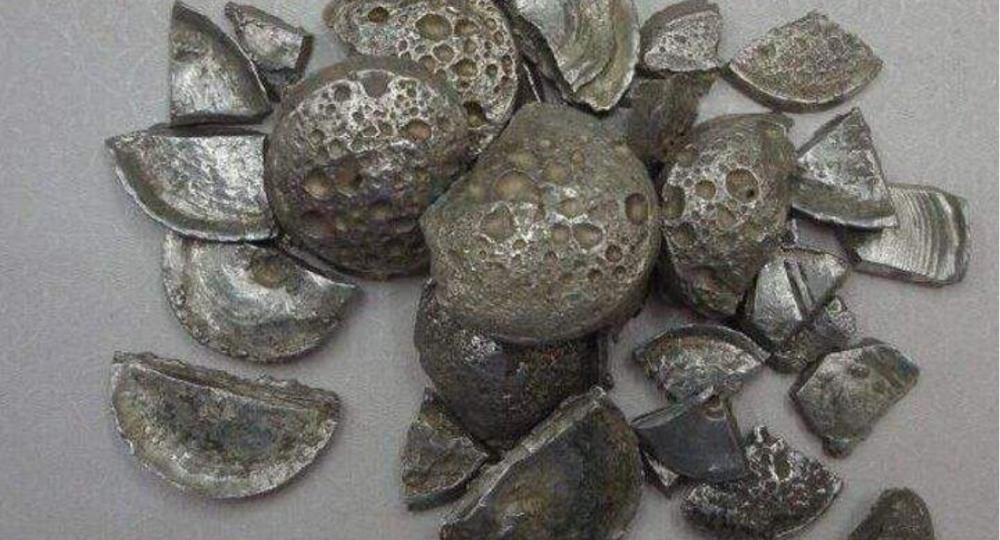Whenever I saw people in costume dramas go to a restaurant to eat, not only did they want to eat, but they also found that some of them used large silver ingots, and some of them used some loose silver. When you leave, throw the money away and say: Don't look for it. Was the ancient shopkeeper a fool who was not afraid that the customer would not give enough money?

Not only are they not afraid, sometimes when they see someone taking out a few pieces of silver, they know that it is a big patron, and they will quickly say: It is our honor that the great uncle came to us, and there is no need to give money. But that being said, they'll put away the money, and then there's a tonic.
These people are the face they earn with money, and then they will be better welcomed by the owner of the store. But isn't the owner really afraid of not having enough money? Let's take a look.
Silver is now silver, because it is white, so it is called silver, and the opposite of gold is also the same. Ancient craftsmanship was not as developed as it is now, so the silver at that time was very precious, and ordinary people did not even see the yuan treasure of the big ingot.
And the weight of silver made in ancient times was not the same, one or two, five two, ten two, and one hundred and two. After converting according to the measurement units at that time and now, one or two pieces of silver are worth about 3,000 yuan, which is very valuable.
However, we know that the ancient one or two are different from the present, so it is really inconvenient to carry this silver. In addition, it is really unsafe to hold a large amount of silver, so it is directly cut open and divided into small pieces of silver, so that it is not only carried, it is also very convenient to use, and there will be no embarrassment of not being able to find money when trading.
After these silver flows into the market, there will be problems after a long time! So there was an institution called the Money House. It is equivalent to our current bank, and its role is to circulate coins. It is also possible to recast the broken silver into a yuanbao or replace the yuanbao with a broken silver, which is much more convenient.
However, the money house also needs professional silversmiths and specific molds to carry out this work, and the silversmith digs a small pit in the container and then pours the silver juice into the small pit, which becomes broken silver.
However, in this way, the owner of the money house has to pay the silversmith a salary, as well as the cost of operation. So they will also charge a certain fee, and they will also make some small means in the process of silver reengineering, and silversmiths will sometimes cut corners and shoddy. This will close a little extra money, but this is rare. Because this will affect the credibility of the bank.
Generally speaking, in ancient times, if you check out with broken silver, it was very troublesome, and you needed to use a specific scale to weigh it. Also look at the color. Like in a costume drama, after eating, throwing down the silver and leaving, this phenomenon actually does not exist.
In fact, compared with silver, the most circulating currency in ancient times was a small denomination of copper coins, which was easy to calculate and easy to carry. Seeing this, the little friends should know that the ancient broken silver has no denomination, how to see how much it is worth, right?